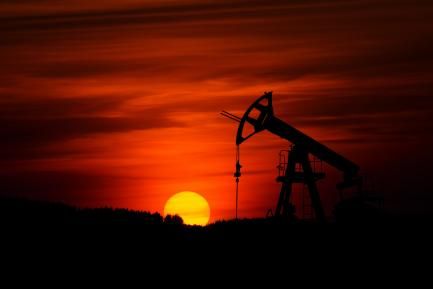Iran and its potential new role in the oil map
The nuclear agreement signed on 14 July between Iran and the five members of the United Nations Security Council plus Germany stipulates that the country must reduce its stocks of enriched uranium by 98% within 15 years and its capacity to enrich uranium by two thirds within 10 years. In exchange, all the sanctions imposed as a result of its nuclear programme will be lifted, allowing it to export oil to hitherto restricted markets, such as the EU. In the first few weeks of September, the US President, Barack Obama, secured enough support in the Senate to get this agreement approved.
The possible repercussions of Iran's oil returning to western markets could be significant: Iran is the world's seventh largest producer with 3.4 million barrels per day (MBD) of crude oil, out of a global total of 93 MBD in 2014; it is fourth in terms of reserves, behind Venezuela, Saudi Arabia and Canada and is among the producers with the lowest costs.
Given this situation, and according to estimates by Iran's government, the lifting of sanctions could push up world production by 1.1 MBD in 2016. This increase would undoubtedly be boosted by the country's improved financial capacity, which will regain access to assets that had been blocked abroad, and also due to the expected increase in foreign investment. Numerous foreign oil producers have obviously shown great interest in the country. The government expects to achieve a total production of 5 MBD in the medium term, a figure that does not seem exaggerated if we consider that Iran was already producing 6 MBD in the 1970s. Regarding the impact that could result from increased Iranian production, we only need to observe that, since Saudi Arabia started its strategy of holding onto all its market share in 2014, the world supply of crude has risen by around 1.4 MBD. This manoeuvre's effect on the price of crude is widely known.1
Although the realisation of Iran's oil potential presents certain risks, they do seem manageable. From a macroeconomic perspective, tougher international sanctions in 2012 and the reform of energy and food subsidies that started at the end of 2010, increasing inflation to above 30%, have pushed the economy towards stagflation. The IMF estimates that the country will grow by a limited 0.6% in 2015 and prices by 16.5%. This deterioration in the growth rate has been reflected in both the fiscal balance, going from a surplus of almost 3% of GDP in 2010 to an estimated deficit of 2.4% in 2015, as well as in the current balance, falling by almost 5 points of GDP to the +0.8% forecasted for 2015. The good news in this respect is that the implementation of the nuclear agreement would increase Iran's energy exports almost immediately, improving its macroeconomic situation relatively quickly.2 Similarly, the worsening fiscal situation in the last few years does not represent any significant risk given that the country's public debt is at a contained 11.8% of GDP, in line with the economies of the Persian Gulf.
There are also certain challenges at an institutional level. The Ease of Doing Business index produced by the World Bank ranks Iran 130th out of a total of 189 countries, far, for example, from the 49th position occupied by Saudi Arabia. However, the establishment of a new contract to exploit energy resources, the Integrated Petroleum Contract, planned for the end of 2015, is an important step forward in improving conditions for foreign investors. Apart from lengthening the duration permitted for exploiting the resource, this contract also extends the phases for involvement by foreign investors, making investment more profitable and therefore more attractive.
Lastly, there is some nervousness in the external area given the opposition to the agreement shown by Israel and Saudi Arabia, two strategic allies of the US, and also by a few US politicians, including some presidential candidates for 2016. However, the advanced phase in which the agreement finds itself, and the strong commitment expressed by Obama himself to its success make this contract unlikely to fail.
1. The growth in supply has been a consequence of higher production in Saudi Arabia as well as in other countries, such as Iraq.
2. Iran's exports, around 70% of which are hydrocarbons and minerals, represent 34% of GDP. Tax revenue from the oil industry also accounted for 45% of the total in 2013.



